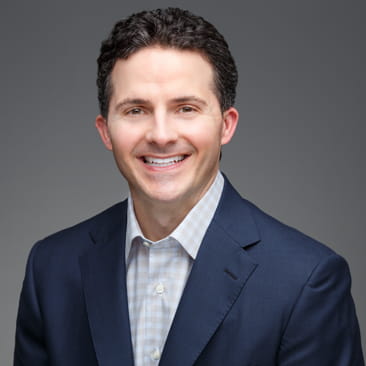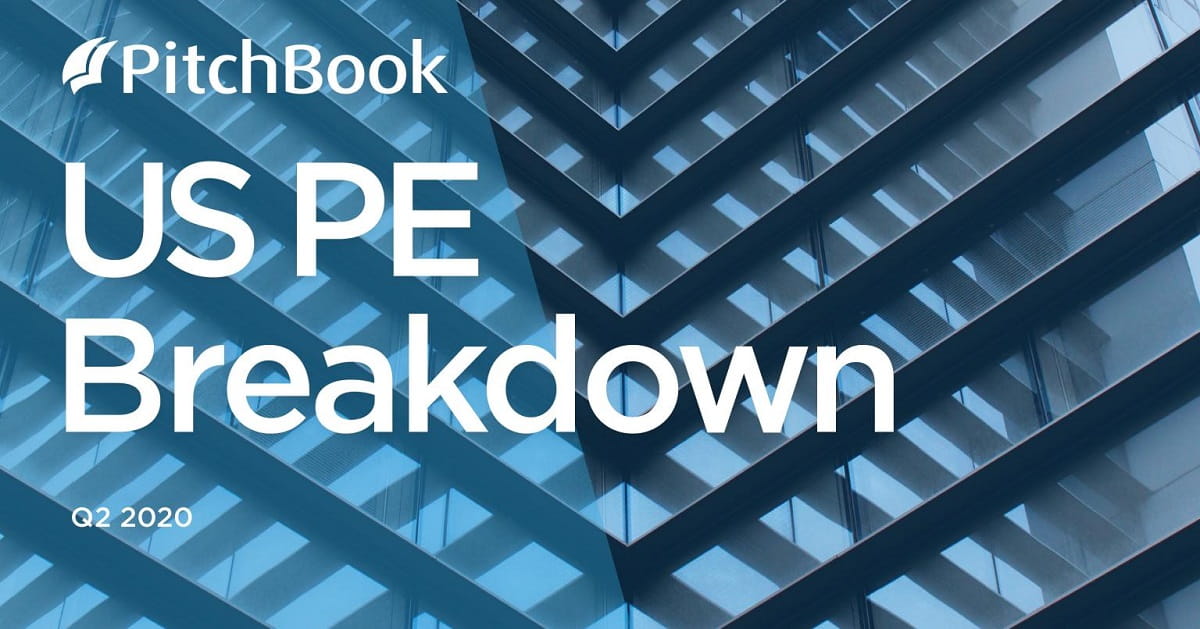Q&A with PitchBook: U.S. private equity Q2 2020 trends
This Q&A originally appeared in PitchBook's Q2 2020 US PE Breakdown.
 With almost 25 years of experience,
Matt Sondag leads the national Mergers &
Acquisitions practice at West Monroe.
A trusted advisor to hundreds of
clients throughout his career, Matt
always begins relationships by
understanding how clients define
value, outcomes and success.
With almost 25 years of experience,
Matt Sondag leads the national Mergers &
Acquisitions practice at West Monroe.
A trusted advisor to hundreds of
clients throughout his career, Matt
always begins relationships by
understanding how clients define
value, outcomes and success.
 A highly respected senior business
consultant and deep technologist,
Mike Amiot advises clients on aligning
technology investments with business
strategies and plans. As a former
interim CIO and CTO for several
tech companies, Mike has an innate
ability to help clients understand the
monetary value of technology.
A highly respected senior business
consultant and deep technologist,
Mike Amiot advises clients on aligning
technology investments with business
strategies and plans. As a former
interim CIO and CTO for several
tech companies, Mike has an innate
ability to help clients understand the
monetary value of technology.
What is the broad sentiment among your PE clients now as they look ahead to the rest of the year?
Mike: PE investors are anxious to put their capital to work on investments or help existing businesses emerge from the pandemic in a stronger competitive position. Tuck-ins are being discussed more now, especially in the software space, where firms are looking at augmenting their product portfolio or acquiring competitors to expand market share. The timing of a return to more normal activity may still be a quarter or two away, but firms are preparing now.
Matt: The general sentiment from our clients is improving with each week that passes. When the pandemic hit in mid-March, our clients shifted a considerable amount of their time and energy to their portfolio companies. Specifically, they began addressing the immediate impact on their businesses—from cash flow and working capital issues, to people decisions, to debt covenants. It was a hectic few weeks to assess the risks and implement the necessary operational changes. As a result of this—plus the inability to predict cash flows coupled with apprehensive lenders—deal volume dropped by almost 80%. Since early June, our clients have been more optimistic about getting deals done, and we’ve seen a corresponding increase in deal volume at West Monroe. While COVID has had a big impact on businesses, there are some fundamental forces that you can’t ignore: very favorable fundraising the last three to four years, continued record amounts of dry powder, and a competitive market to put money to work— all things that might pull us back quicker than some expect.
Which trends have primarily been driven by the rise of the pandemic, and which existed prior and have merely accelerated?
Matt: First, although digital was one of the top three initiatives in each C-suite boardroom, this timeline was accelerated by at least three to four years. There’s nothing like a pandemic to get businesses operating in a truly agile manner—project timelines were measured in hours and days versus weeks, or months or years. We expect some businesses will fare better than others and will come out the back end much stronger. A clear second would be cybersecurity—we’ve seen a significant increase in cyber activity and success by hostile actors. Criminal organizations have capitalized on the strained environments and security vulnerabilities. We’ve also seen an uptick in corporate carveouts, as more strategics are looking to use divestitures as a means to infuse cash into their business. We expect digital transformation, cybersecurity, and divestitures to all remain very relevant in the next 12 months.
Mike: The other major change we’ve seen is a hyper focus on data and the ability to drive business decisions through better analytics and data across the enterprise. Additionally, we’ve seen an uptick in private investment in public entities (PIPEs) and add-ons in general, which makes sense in the current environment given how much dry powder PE firms have and their intense focus on putting their money to work.
Matt: There is a greater emphasis on speed across many companies that have seen how high stakes can really get and how swiftly they have to move in times of crisis.
As they work through transactions, what are the biggest hurdles that have arisen primarily due to the activity trends actions needed to combat the pandemic? What prior hurdles existed that have intensified as well, or perhaps decelerated?
Mike: Access has become very complex. Investors are not sitting face to face with management teams right now. Typically, there is a lot of time and energy invested in becoming familiar with organizations’ culture and management style; now, that connection and familiarity is stunted.
Matt: On the transactional front, the unpredictability of cash flows can slow or stop processes. Credit markets are also more difficult to navigate right now. Finally, when it comes to reporting, there’s a bigger spotlight here given the need to see data much more in real time. This hurdle has intensified with the pandemic given the heightened need for faster decision making.
Matt: There was a tendency among some companies to put everything on pause; other companies seized the moment and opted to pull forward some key initiatives, knowing the overall operational risk of the project was significantly reduced.
Mike: Companies are benefitting from diversifying their data sources. Many are investing in gathering attitudinal and behavioral data to innovate and better inform their approach to capturing or retaining consumers in this new environment.
What are the most intriguing strategies and tactics you have seen PE firms or portfolio companies embrace in response to the current market, especially about adapting products and services? Conversely, what do you see underemployed that you believe should be more widely adopted?
Mike: The most forward-looking firms have achieved balance quickly by striking the right mix of offensive and defensive moves. They have repositioned product lines, shifting more toward subscription models and presenting creative solutions to their clients. For example, some brick-and-mortar operators exhibited forethought and, rather than wait to be crushed, had begun transitions to a robust e-commerce presence years ago. Now, those early adopters are being followed en masse.
Matt: We have seen larger funds focus more on debt and PIPE deals based on market demand for additional capital. Other sponsors have gotten very creative to get things done remotely, including leveraging GoPro technology or drones for video footage of a warehouse or operations. Some clients who might have struggled to get deals done in the last 12 months used this opportunity to differentiate themselves and get a deal done, especially as it relates to add-ons.
At the sector level, where have the most opportunities arisen in the current environment? Which trends were in place prior to the pandemic and have only accelerated due to its effects?
Mike: Recurring revenue models and nimble operating models allowed the software industry to be less impacted by the pandemic initially. Additionally, their digital and cloud-first operating models also enabled an easier transition to decentralized operations and remote working. Most clients proceeded as planned with their Q2 product releases. But they are carefully planning release timing for the remainder of the year through an evaluation of the market, how their customers are operating in the current environment, and any prior commitments made to customers.
Matt: Telemedicine has been growing over the past 12 to 18 months, but now it has accelerated as much as five years in terms of industry development and investor focus. For manufacturing clients, the priority has shifted from the lowest-possible procurement costs to a higher level of resiliency and flexibility across supply chains, likely sacrificing some margin that they weren’t willing to accept prior to the pandemic.
Looking at related hold periods, what is the tenor of discussion in the market around the extent of PE-backed company inventory and the need for liquidity from the fund manager’s perspective? Are timelines tight, or is there more flexibility than generally perceived?
Matt: I don’t think this is causing a rush to sell PE-backed companies; they have some built-in flexibility in each deal. Not to mention, this pandemic has presented common challenges to companies within the same industry, so most companies are in the same boat. However, this environment might cause some proprietary business owners to sell earlier than originally planned, as their life perspective might have changed or they may want to take some chips off the table.
Mike: I also suspect hold periods are going to be extended for some percentage of existing portfolio companies due to market volatility in valuations. How long it may take to resolve the degree of uncertainty is anybody’s guess at this point, so fund managers will primarily ensure their companies can stay liquid and solvent.




